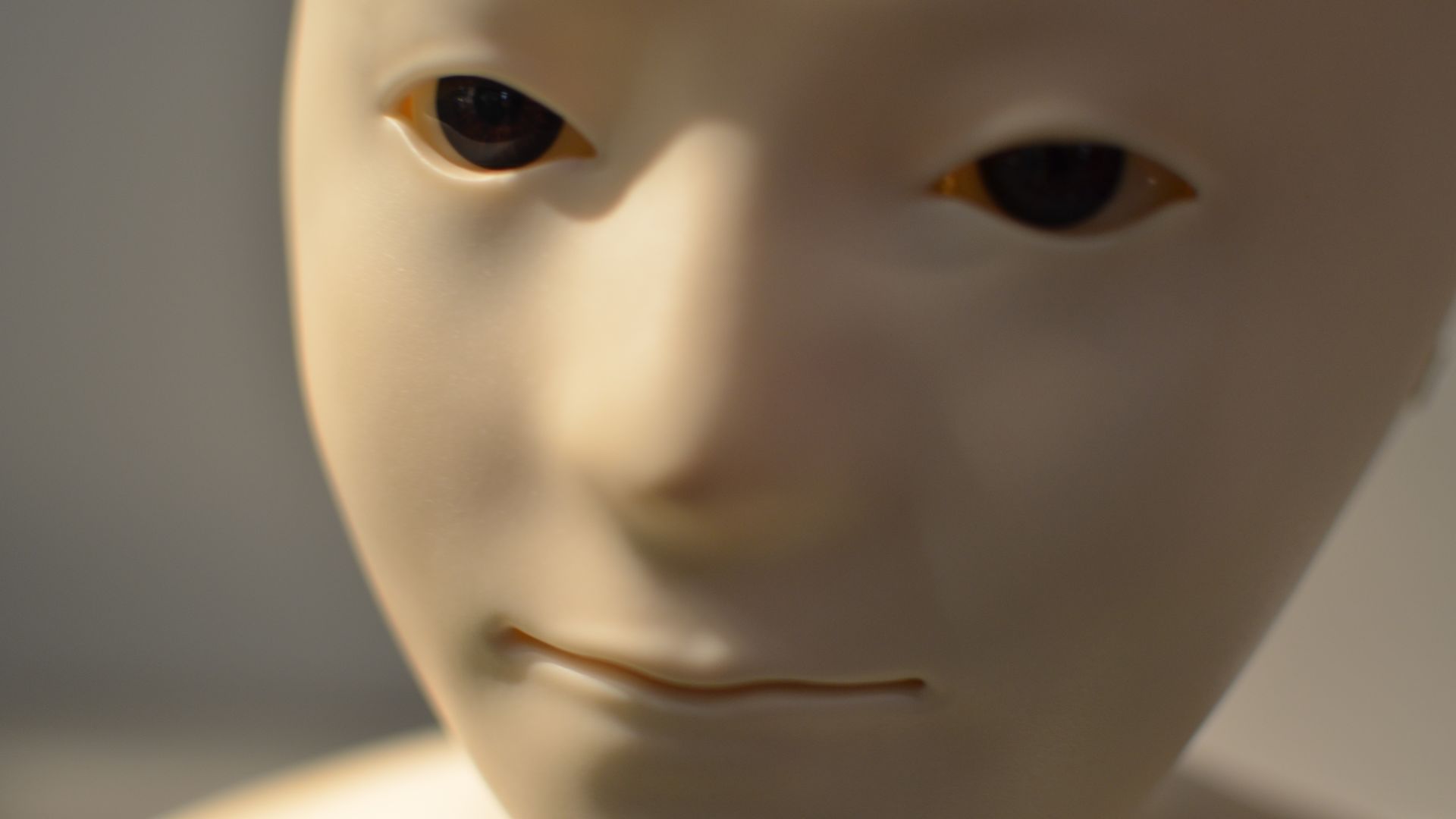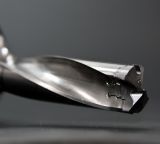Ways of attacking Generative AI
Andrea Hauser

A good Deepfake just requires 24 hours
The result shows clearly that Nicolas Cage is used as source model. The face appears a bit unsharp and blurry.
The rendering of 1 minute shows a first signs of changes. In comparison to the first video cancelled after just one second this one indicates a slight change in face color and a tiny bit of restructuring of the facial shape, especially in regards of the mouth.
There are more improvements, the original face of Nicolas Cage is not that obvious anymore. But there is still no George Clooney visible yet.
After six hours we are able to dermine obvious changes. The generated face is more round, less long and not that much looking like Nicolas Cage anymore. There are also changes in regard of the eyes. They are much bigger than in the earlier calculations.
It is not possible to see changes beetween the rendering time of six and twelve hours.
There are even more differences between the videos calculating six hours and 24 hours. The 24 hour long rendering made the eyes a bit bigger and the lips a bit fuller.
There are no visible changes beetween the calculation time of 24 hours and 48 hours.
There is even no visible changes between 24 hours and one week calculation time.
Since we have started our analysis there were serious improvements in the field of Deep Learning. In a new paper with the title Few-Shot Adversarial Learning of Realistic Neural Talking Head Models it was explained how to model a realistic head with just eight images.
Our analysis made it clear that a pre-trained model might just require 24 hours to create a solid result. More training than these 24 hours does not really improve the results significantly. In regards to all our tests we may conclude that it is suggested to use 500 images, include all angles and respect the lighting to train for 24 hours to generate a good Deepfake.
Our experts will get in contact with you!

Andrea Hauser

Andrea Hauser

Andrea Hauser

Andrea Hauser
Our experts will get in contact with you!